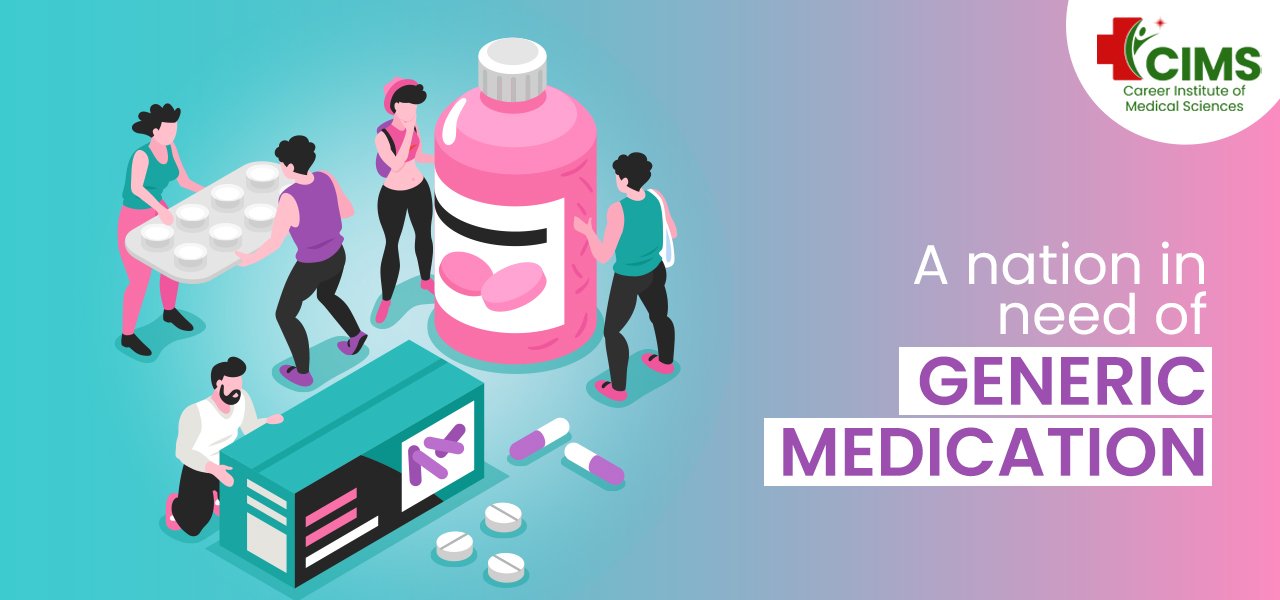Why India is the best choice for Medical Treatment
The power of good care giving – Palliative care
Securing a daughter’s health and a mother’s well-being.
Regain your confidence with breast reconstruction surgery
Pregnancy and Obesity Know the risk
Male nurses
Generic drug
Difference between HPV and Pap Smear test
Cancer Screening
64 Slice CT machine
Latest News
February
July
April
Generic drug

A nation in need of Generic medication
One of the greatest contributors to the survival of mankind is the ability to synthesize and bioprocess medicine! Millions of lives have been saved because medication can cure, halt or treat illness. The pharmaceutical industry has grown significantly in the past decade. Pharmaceutical brands have earned credibility and priced themselves accordingly. But the cost of treatment with these branded drugs is generally beyond the financial capacity of the middle class or those living below the poverty line. It is here that the need for generic drugs arises.
To understand the role of generic drugs, let’s first understand how branded drugs are created.
It takes around 7 to 10 years to develop a new drug. It all begins with clinical research along with R&D funded by pharmaceutical companies. Pre-clinical trials are carried out where the drug is tested on isolated tissues, cell cultures, and animals. Only close to perfect pre-clinical results lead to human testing. A drug undergoes an extensive process before receiving the final nod from the Central Drugs Standard Control Organisation (CDSCO) which is the Central Drug Authority of India after which it can be rolled out into the market. Manufacturing, packaging, marketing, and advertisements are all included when the pricing of these drugs is decided. This extensive process costs a lot and therefore the rate of these branded drugs is generally high.
Generic drugs, the lesser-known drug!
Generic drugs on the other hand have the same chemical composition that their counterpart branded drug contains. Mainly the active ingredient is the same. It also yields the same therapeutic result. The dosage, strength, and method of intake are also the same. One difference is that generic drug does not need to contain the same inactive ingredients as its counterparts.
Generic drugs can be manufactured and sold only after the lock-in period given to the original developer and manufacture expires.
India is the biggest exporter of generic medicines to several countries like America, Europe, and Africa.
Why are Generic Drugs cheaper?
The manufacture of Generic drugs does not need to invest money in the invention, research, and development of the drug in the same way that the branded pharmaceutical company spent in developing the drug.
Advertising and marketing are generally not involved in generic drugs which cuts down the price considerably.
Multiple bids to manufacture the same drug further bring down the price of these drugs.
India’s take on Generic drugs
Pharma Advisory Forum back in 2008 declared that for those who can’t afford branded medication, generic medication should be prescribed and pharmacists should stock generic drugs equivalently.
In 2017 Medical Council of India (MCI) has approved the prescription of branded drugs along with generic drugs. This policy was declared to ensure that unqualified chemists did not dispense generic medicines that could prove fatal to patients.
H J Doshi Ghatkopar Hindusabha Hospital in Ghatkopar became the first private hospital in Mumbai to switch to generic prescription.
The Generic formulations are produced as per World Health Organisation’s norms, it is as effective as branded medicines.
The government even launched its Pradhan Mantri Bhartiya Janaushadhi Kendra (PMBJK) in various districts of the country through which quality generic drugs can be accessible to all despite their financial status.
Why hasn’t the generic drug market taken off?
India is one of the countries that has a low number of medical insurance persons. Most of the medical expenditures are borne from household expenditures. Medication is the most important component of health care which the majority of Indians can’t afford because of inadequate income.
Despite the government's aggressive campaigns to promote generic medication this market has failed to expand. The main reason is the widespread marketing branded pharmaceutical companies subscribe to along with the commissions given for selling branded medicines.
There are a lot of fears and misconceptions about the effectiveness and quality of generic drugs. At times patients prefer to not be medicated when the branded drug is not available or buy a lesser dosage of medication when can’t be afforded.
The other side of the story is the non-availability of generic medication and a percentage of patients complaining of the ineffectiveness of the generic version of the medication.
Prescribing generic medication and other necessities like saline etc brings down the cost of treatment by almost 80 percent. In a country like India, where the population is booming, poverty is rampant and our struggle to ensure healthcare facilities for all continues, the change to generic medication can change the narrative of our healthcare system.